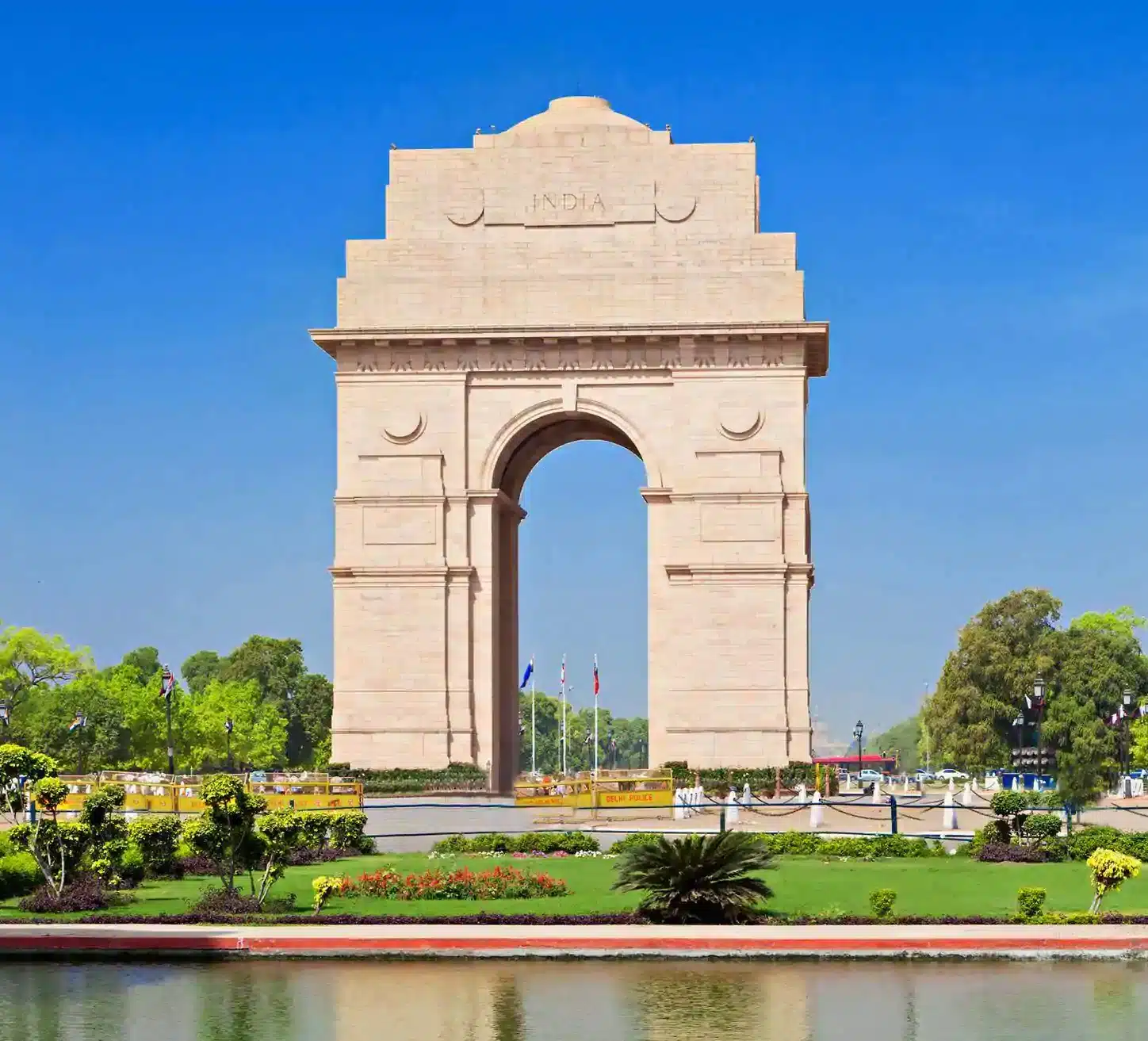Facts About Delhi Gate That Will Shock You

Emperor Shah Jahan constructed Delhi Gate, also called India Gate, in 1638 as a part of the high fort walls made of rubble that surrounded Shahjahanabad, the seventh city of Delhi. The emperor entered the Jama Masjid through this gate to pray. Edwin Lutyens designed the foundation, which His Royal Highness, the Duke of Connaught, constructed in 1921. Originally known as the All-India War Memorial, the massive sandstone arch in New Delhi, the Delhi Gate is a monument dedicated to the British Indian soldiers who lost their lives in battles fought between 1914 and 1919.

Here are some interesting facts about Delhi Gate.
-
One of the biggest war memorials: One of the largest military memorials in the world, the India Gate is also the country's National Monument. The Arc de Triomphe in Paris and India Gate share a similar design. The building was erected as a monument in honour of the British Army soldiers (formerly known as the British Indian Army) who lost their lives in the First World War and the 1919 Third Anglo-Afghan War.
-
Designed by Sir Edwin Lutyens: Sir Edwin Lutyens developed the Delhi Gate's architectural layout. He embraced commemorative arch architecture, emulating the Arch of Constantine in Rome. He is frequently likened to the Arc de Triomphe in Paris and the Gateway of India in Mumbai. It was founded on February 10, 1921, and it was officially opened on February 12, 1931. The British High Commissioner to India placed a wreath at the India Gate, while the High Commissioner of India placed one at the Leceister Arch.
-
Inspiration from Paris’ Famous Monument: India Gate, which is 42 metres high, is thought to have been designed with the renowned Parisian landmark as an architectural model. In addition to sharing a similar architectural style, these two structures have triumphal arches in common.
-
Was Originally Known as All India War Memorial: The All India War Memorial was the name given to India Gate initially. Later on, it was dedicated to the British Indian Army men who lost their lives in the First World War and the Third Anglo-Afghan War. It is a magnificent monument that rises gradually from a low red Bharatpur stone foundation to a gigantic molding.
-
Statue that no longer exits: At India Gate, a statue of King George V once stood beneath the shade of the canopy. When India gained its independence in 1947, the statue was taken down in the 1960s. Up until the installation of a statue of Subhas Chandra Bose in 2022, the canopy was vacant.
-
Flags of all 3 Armed Forces: At India Gate, three different flags are being flown, have you noticed? The Indian Army, Indian Navy, and Indian Air Force all fly these flags as their respective armed forces. Thus, the next time you visit, take a closer look and witness it for yourself!

